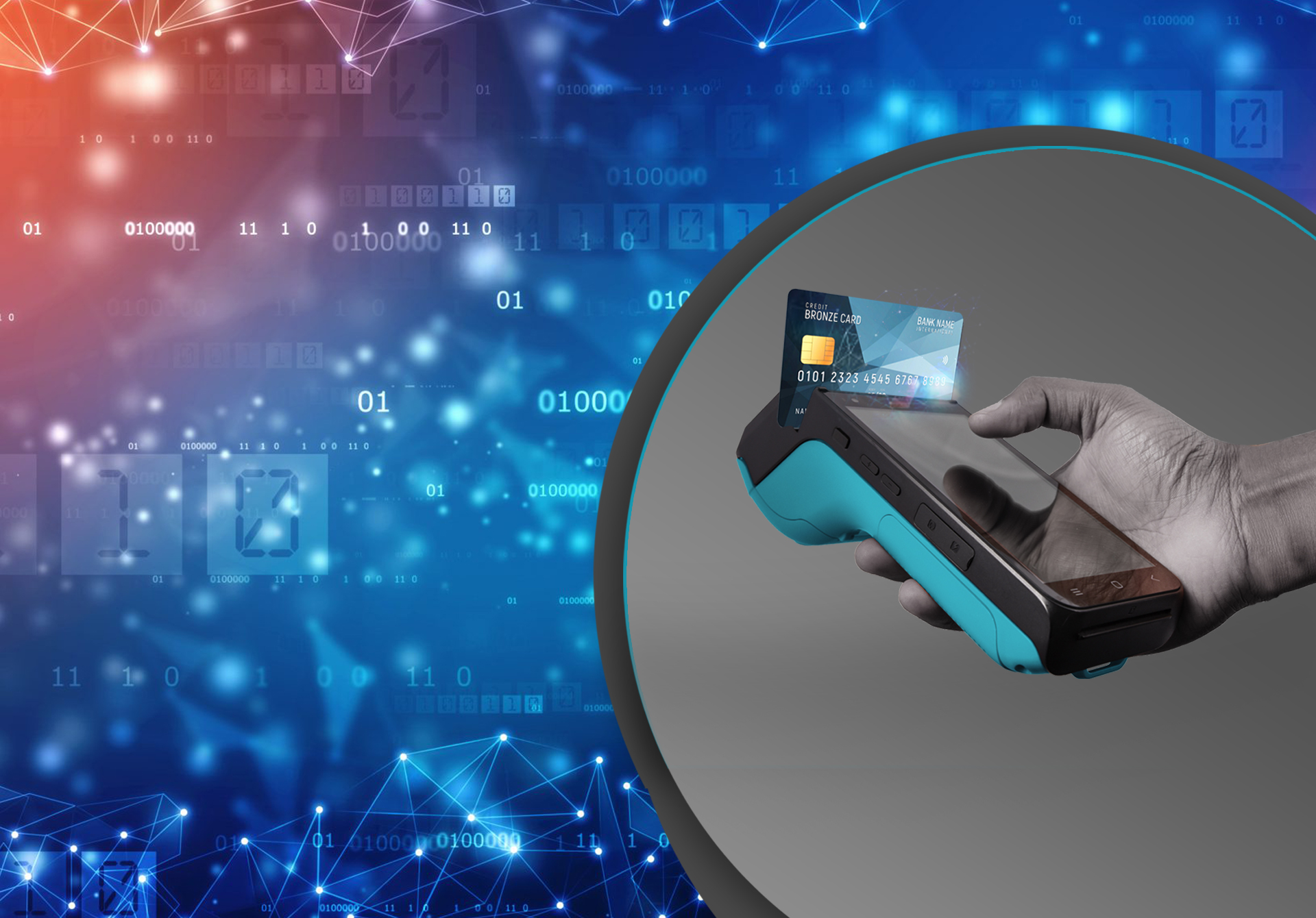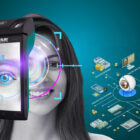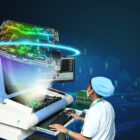Introduction
The use of cards as a means of identification and payment has been around for decades. However, the process of collecting and managing data from these cards was often time-consuming and inefficient. This all changed with the invention of the card-scanning machine, which revolutionized the way we collect and store data. From the first machines in the 1960s to the most recent developments in technology, card scanning machines have undergone significant changes over the years, offering faster and more accurate data collection than traditional methods. In this article, we will explore the evolution of the card scanning machine in India, and its benefits for businesses, governments, and individuals.
Advantages of Card Scanning Machines
The advantages of using card scanning machines over traditional methods of data collection are many. Firstly, card scanning machines allow for faster data entry, reducing the time and effort required for manual data entry. This can result in significant time and cost savings for businesses and government organizations that deal with large volumes of data. Secondly, card scanning machines are more accurate than manual data entry, reducing the risk of errors that can occur during the manual entry process. Thirdly, card scanning machines offer improved security, as they can be configured to only allow authorized personnel to access sensitive data.
Impact of Card Scanning Machines on Efficiency, Security, and Accuracy of Data
The impact of card-scanning machines on the efficiency, security, and accuracy of data cannot be overstated. These machines have transformed the way we collect and manage data, enabling businesses and government organizations to process large volumes of data quickly and accurately. This, in turn, has resulted in significant improvements in efficiency, productivity, and cost savings. Card scanning machines have also improved the security of sensitive data by ensuring that only authorized personnel can access it, reducing the risk of data breaches.
Methods of Data Collection Used by Current Card Scanning Machines
The methods of data collection used by current card-scanning machines are highly advanced. The latest machines use a combination of OCR and barcode scanning, which allows them to read and interpret data from a wide range of cards. These machines can also capture images of the cards, enabling them to be used for visual identification. Additionally, the data collected by card scanning machines can be automatically entered into databases or other systems, further improving the efficiency of data processing.
Future of Card Scanning Machines
The future of card scanning machines is promising, with potential developments in technology and their applications.
One such development is the use of machine learning and artificial intelligence (AI) in card-scanning machines. These technologies can enable machines to recognize and interpret patterns in data, improving their accuracy and reducing the need for manual intervention.
Another exciting development is the use of mobile devices as cardscanning machines, allowing individuals to scan and process cards on the go.
For instance, consider a scenario where a business needs to process a large number of customer loyalty cards daily. Traditionally, this would involve manually inputting data from each card into the system, which could be a time-consuming and error-prone process. With card scanning machines, however, businesses can scan the cards quickly and accurately, automatically capturing the required data and transferring it to the system in real time.
This not only saves time and reduces errors, but also enhances the overall customer experience by eliminating the need for manual data entry.
The future of card scanning machines, focusing on potential developments in technology and their applications
The emergence of innovative card scanning machines have revolutionized the cost-effectiveness of such devices. These machines are designed to offer a high degree of accuracy and functionality while remaining affordable for businesses and government organizations of all sizes. With features like multi-functional scanning, contactless payments, and high-speed data transfer, etc. some of the leading cashless machines have become increasingly popular for a variety of applications, including loyalty card programs and ID card scanning. This has led to a significant reduction in the cost of card scanning machines, making them more accessible and practical for organizations with limited budgets.
Analyze the benefits of using card scanning machines for businesses, governments, and individuals.
In conclusion, the evolution of card-scanning machines has come a long way since their inception in the early 1900s. Today, card-scanning machines have advanced features that make data collection easier, more accurate, and more secure. From the simple mechanical devices used to capture information to the sophisticated technologies used today, the evolution of card-scanning machines has been remarkable.
The use of card scanning machines has increased efficiency in various industries, from banking and finance to healthcare and retail. It has made it possible to store and retrieve data with ease, and also made it easier to keep that data secure. As technology continues to advance, the future of card scanning machines is promising, with the potential to improve the efficiency, security, and accuracy of data.
Cashless machines are, in fact, an excellent example of the advancements in technology and how it has revolutionized banking in comparison to manual data entry. Its advanced features and portability have made it easier for businesses to collect data on the go, with minimal human intervention, thus saving time and money.
Overall, the benefits of using card scanning machines are numerous, including increased efficiency, accuracy, and security of data. Businesses, governments, and individuals stand to gain a lot from this technology, and as it continues to evolve, we can only expect more benefits to come. It is safe to say that the future of card-scanning machines is bright, and we can expect even more innovative solutions in the years to come.





